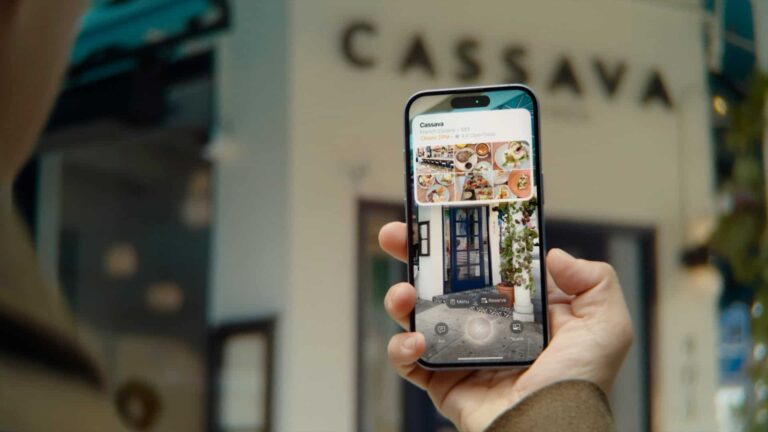
Industry rhetoric about AR’s world-changing status sometimes outweighs evidence that it’s captivating consumers today. Though we see some signals, such as lens engagement figures from social AR players, we’re often flying blind when it comes to consumer AR sentiment.
Looking to fill that gap, AR Insider’s research arm ARtillery Intelligence has completed Wave 8 of its annual consumer survey report. Working with consumer survey specialist Thrive Analytics, it wrote questions to be fielded to 52,000+ U.S. adults and produced a report based on the results.
Among the topics: How is mobile AR resonating with everyday consumers? How often are they using it? How satisfied are they? What types of experiences do they like most? How much are they willing to pay for it? And for those who aren’t interested in mobile AR, why not?
After the last installment of this series looked at mobile AR’s price sensitivity among users (how much are they willing to pay for it), we now move on to another area of the survey: aspirational experiences. What types of apps and experiences are consumers most interested in?
Switching Gears
After examining things like AR formats, satisfaction, and usage frequency, we switch gears this week to examine consumer aspirations. What do they want to see next? Like our price-sensitivity analysis, answers vary based on survey subsegments, such as AR users and non-users.
Starting with the already-converted (current AR users), Gaming leads these aspirational use cases (59 percent), followed by education (42 percent), social (41 percent), city guides (40 percent), in-home product visualization (38 percent), and in-home tech support (34 percent).
Extracting insights from these figures and their trending, a few things jump out at us. For example, after a notable Covid-era drop in interest in-store AR shopping, it has leveled off. The inverse can be seen in categories like in-home technical support, which spiked during Covid.
Moving on to non-Covid factors, social AR’s continued rise validates our theory that it’s one of AR’s most opportune use cases. Its success is because AR is naturally conducive to socially-fueled media sharing. It enlivens already-popular behavior, such as sharing selfies with friends.
Lastly, there’s a multi-wave upward trend in visual search. Specifically, 33 percent of AR users are interested in visual search – up from 31 percent in Wave 7 and 27 percent in Wave 6. The latter was Covid-influenced, as visual search is conducive to physical-world discovery.
To pause for definitions, visual search includes tools like Google Lens, Ray-Ban Metas, (and now, Apple) that let users identify and contextualize physical objects. It uses a combination of camera inputs and AI object recognition, meaning that it’s propelled by AI advances.
Visual search is also advantaged by utility, broad applicability, and high frequency. Another traditional format carries these attributes: web search. And like web search, visual search is potentially monetizable given high user intent to find out more about things or where to buy them.
2025 Predictions: Visual Search Moves Closer to the Mainstream
Discouraging Trend
Now, what about the above survey sentiments when segmented by non-AR users? Before diving in, this is admittedly a hypothetical exercise because these non-users are essentially reporting the types of experiences they would be interested in if they ever converted into AR users.
First, the bad news: 61 percent aren’t interested in any form of AR. This figure grew 6 percentage points from the previous survey wave (and 19 points since 2020) – a discouraging trend that possibly points to AR losing some of its novelty appeal. We’ll keep watching this closely.
Among other categories of AR experiences, education leads (14 percent), followed by city guides (11 percent), and product visualization (9 percent). These are each down from the previous survey wave, which represents further bad news, at least in terms of non-user aspirations.
Stepping back, one reaction may be to discount these results because respondents don’t engage in mobile AR and are unlikely to, given their negative sentiments throughout this survey. However, these results are important to consider when developing AR product strategies for tomorrow.
In other words, because non-users eclipse users (65 percent versus 35 percent of respondents), they represent the majority. As AR naturally grows over the coming years, these non-users could represent future converts. So their sentiments matter in “skating to where the puck is going.”
Furthermore, non-users represent different psychographics than users. The latter are often tech-savvy early adopters, gamers, or social mavens. But non-users represent the mainstream. So long-term AR product strategies that aim for larger markets should take their sentiments to heart.
We’ll pause there and pick things up in the next installment with more consumer survey results and insights…
